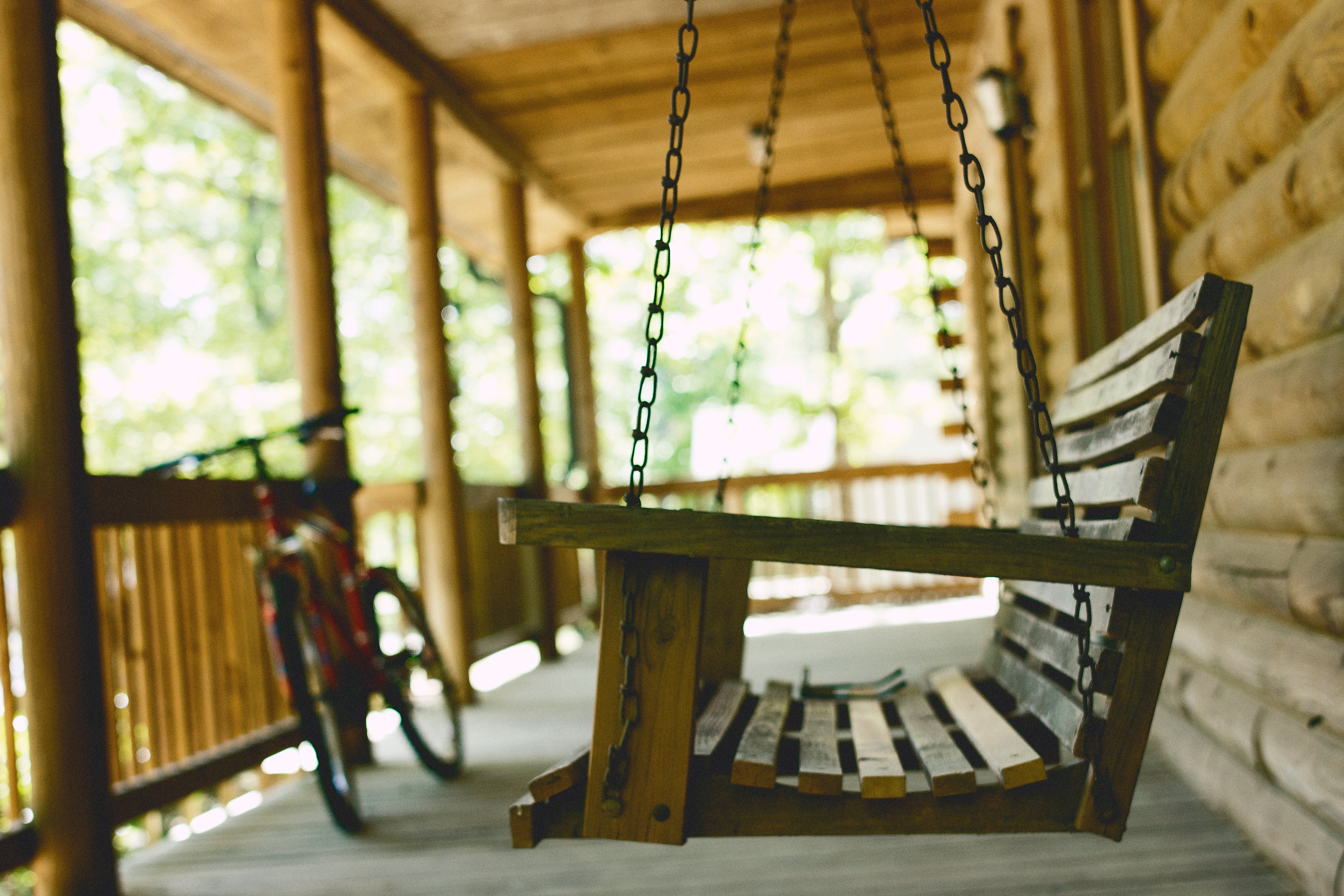
Photo by James Garcia on Unsplash
With Harford County taking strides towards a more sustainable future, residents are wondering how they can pitch in and do their part. While many of us are conscientious about the impact our car, our utilities, and our waste can have on the environment, not everybody takes into consideration the less obvious culprits of carbon emissions. Furniture often carries with it a significant carbon footprint, especially cheap particle board pieces that are designed to be tossed after use. Harford County residents can make their homes more eco-friendly by buying or building sustainable furniture that’s made to be reused and recycled.
Buy Local
When you buy goods that come from out of state or out of the country, you’re contributing to emissions from trucks and tankers used to ship the materials to local hardware stores. It’s best to buy locally to ensure that you’re not racking up a huge carbon footprint. You can ask local stores where they source their products from, or go online and purchase straight from the source. You’ll also be helping to fuel Harford’s local economy and supporting small business owners in the county.
Go for Natural Fibers
In addition to using sustainable materials for the base, cushions and padding should also be made from environmentally friendly sources. For avid DIYers, opt for reusable materials such as pallets, which can be made from metal, paper, plastic, and wood due to its versatile nature. Natural fibers are best when it comes to couches, chairs, and more, as they require less energy and fewer chemicals to manufacture than man-made fabrics such as polyester. It’s also a good idea to avoid leather, as much of the leather you see used in furniture is produced using polluting heavy metals such as chromium salts.
If you decide to add extra padding to furniture cushions, it should also be made of a safe and natural material. Polyurethane foam commonly found in cheap furniture, contains toxic chemicals and flame retardants that can cause significant environmental damage. Instead, stick to safer latex foam.
Use Eco-Friendly Materials
Not all materials are made equal when it comes to buying or building furniture. Some plastics, for example, are difficult to melt down and reuse after casting. You should also avoid using volatile organic compounds when treating or refinishing furniture, as these chemicals can leach into the air and build up to toxic levels, resulting in allergies, respiratory disease, and even neurological problems. The best materials to look for when it comes to furniture include:
- Wood: This material is sturdy, natural, and completely biodegradable. You should look for wood that’s been harvested under the Forest Stewardship Council (FSC) guidelines, which means that the material was gathered in compliance with local laws.
- Bamboo: Of all the types of wood that you can use, bamboo is one of the economical and eco-friendly options around. It grows quickly and releases more oxygen than most other trees. It’s also incredibly durable and easy to work with.
- Metal: While aluminum and steel might cost energy to produce, they’re easy materials to reuse and recycle. Metals are ideal for furniture that needs to support a decent amount of weight, such as a bed or couch frame.
Harford County residents who are looking for ways to reduce their carbon footprint can start by building or buying sustainable furniture for their home. Instead of cheap particle board pieces, it’s best to opt for sets made from eco-friendly materials such as wood, metal, and natural fibers. Not only will you be doing your part to save the environment, but you’ll also be able to enjoy quality furniture that can be reused and recycled.


